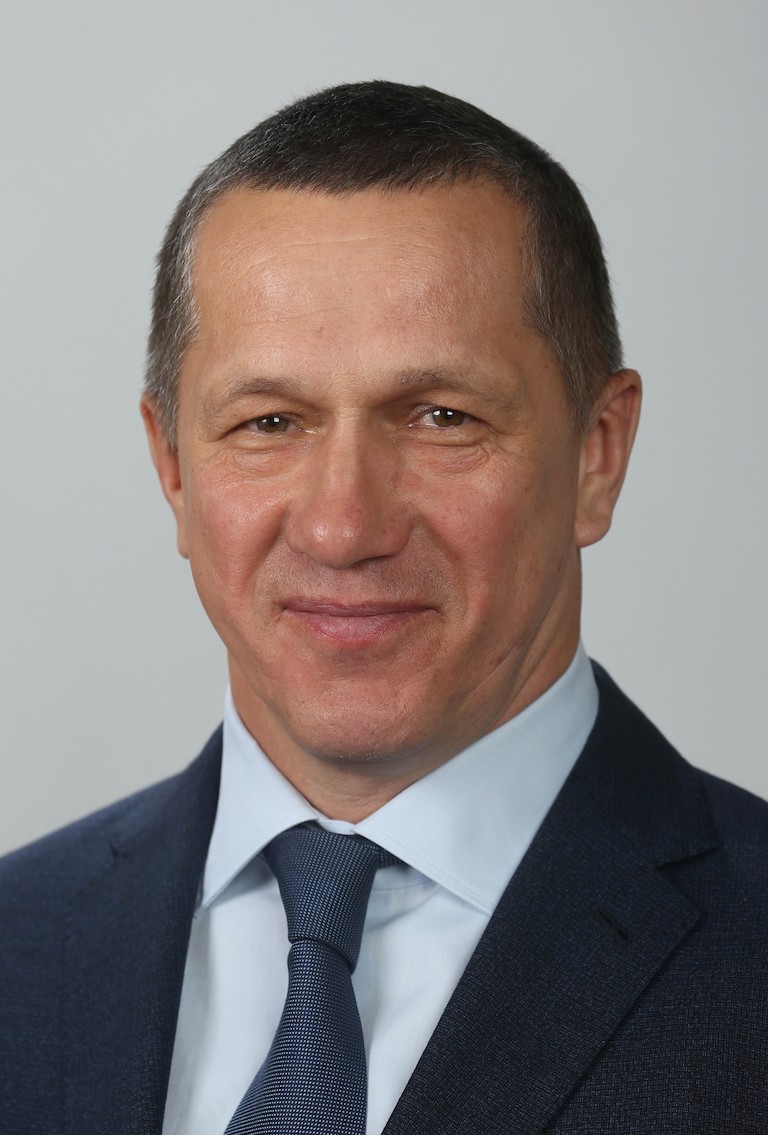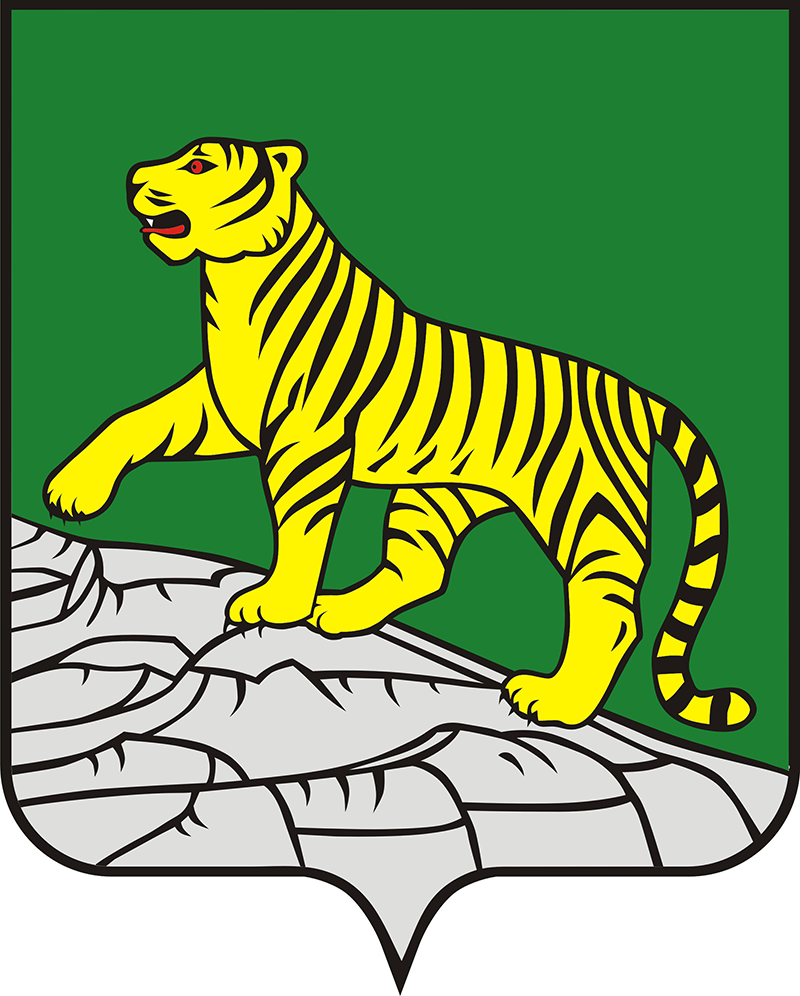Дорогие участники и гости выставки!
От имени всех амурчан приветствую вас на «Улице Дальнего Востока».
Амурская область — моя родина. Я коренной дальневосточник и искренне люблю нашу землю. Хорошо знаю наш регион, поэтому убежден, что у Приамурья огромные перспективы развития и невероятные возможности.
Амурская область занимают обширную территорию, на которой расположены горы и равнины, леса и поля, реки и озера. Я считаю, что в нашу природу невозможно не влюбиться!
У Приамурья есть традиционно сильные стороны. Мы остаемся житницей Дальнего Востока и ежегодно производим более миллиона тонн сои, вводим в оборот все новые земли, активно развиваем животноводство. Еще одна традиционная отрасль – это золотодобыча. Регион занимает 6 место в России по добыче золота. На территории Амурской области располагаются флагманы энергетики Дальнего Востока. Бурейская и Зейская ГЭС - гордость региона. Недавно построена еще одна – Нижне-Бурейская ГЭС!
Амуркая область – уникальный регион по географическому расположению. Самая протяженная граница с Китаем - у нас! Конечно, мы стремимся максимально выгодно это использовать, поддерживаем многолетние дружеские отношения с Китаем. Сейчас вместе создаем транспортную инфраструктуру – через Амур построен уникальный трансграничный мост, который соединил два государства.
Новый виток развития региона начался с реализацией в Приамурье крупных даже по мировым меркам газохимических проектов. Возведение Амурского газоперерабатывающего завода даст мощный импульс развитию региона, обеспечит жителей рабочими местами, обеспечит налоговые поступления в бюджет. Еще одной важной вехой стало строительство космодрома Восточный. Приамурье с тех пор стали называть космической гаванью России!
В Приамурье мы всегда рады гостям и стараемся делать все, чтобы им было комфортно. Регион взял курс на развитие туризма и создание благоприятного инвестиционного климата.
Паспорт региона
Флаг

Герб

На карте

 Административный центр
Административный центр
Благовещенск
 Крупные города
Крупные города
Белогорск, Свободный
 Реки, озера
Реки, озера
Амур, Бурея, Зея, Селемжа
 Климат
Климат
Резко-континентальный, четко выражены времена года. Летом нередки грозы с сильным ветром и градом. Зима холодная, с маломощным снеговым покровом
 Площадь
Площадь
361,9 тыс. кв. км
 Население
Население
801,8 тыс. человек
 Транспортное сообщение
Транспортное сообщение
Воздушное, железнодорожное, автомобильное
 Часовой пояс
Часовой пояс
MSK+6
 Экономика
Экономика
Машиностроение и металлообработка, сельское хозяйство, горнодобывающая, лесная и деревообрабатывающая промышленность
Полная информация в КАТАЛОГЕ УДВ

10 фактов об Амурской области
Благовещенск
Здесь разводили верблюдов, а одна из горожанок—долгожителей родилась еще при царе Николае I
Озеро лотосов
самое северное озеро страны с искусственными посадками лотоса
Бурейская ГЭС
крупнейшая гидроэлектростанция на Дальнем Востоке, входит в десятку наиболее мощных ГЭС России
Зейское водохранилище и заповедник по объёму воды занимает
3-место в России

Космодром Восточный
первый гражданский космодром России

Амур
по реке Амур проходит водная граница между Россией и КНР
Этнографический комплекс Эвенкийская деревня
несколько бревенчатых сооружений, среди которых: культурно-досуговый центр (музей), дом охотника с лабазами, мастерская (там же сувенирная лавка), баня и гостевые домики
Муравьевский парк
первая в России особо используемая природная территория, занимает более 6 500 гектаров
«Кислое озеро»
входит в группу нескольких минеральных источников, образовавшихся в районе реки Зея
Байкало-Амурская магистраль
имеет протяженность в Амурской области 1 242 км

Dear participants and guests of the 5th Eastern Economic Forum!
This year, as we celebrate the Forum’s 5th anniversary we have an opportunity to look back on everything that has been achieved since 2015. It was the first time when Vladivostok hosted the trendsetters from Russian and international business communities, government officials, foreign dignitaries, researchers, and experts – in other words, everyone who was prepared to cooperate with Russia and work in the Russian Far East; everyone, who was ready to launch new production facilities and develop those already in place; everyone, who aimed to create new jobs, construct roads, housing, and hospitals – namely improve the life of our Eastern territories.
The goals we set 5 years ago appeared unattainable back then. We discussed a broad range of topics: expectations and development prospects, creating new economic regimes and improving the investment climate, passing legislative initiatives and changing legal framework, putting new social infrastructure in place and helping regions reach their potential – in other words, we were talking about the future. Some were hopeful, some remained skeptical, yet there was only one thing that mattered: we were ready to act as one. And today, that future has become our present.
The President of the Russian Federation Vladimir Putin designated the development of the Far East as a national priority of the entire 21st century. At the behest of the President, a whole new economy is being created in the region. Large companies as well as small and medium-sized businesses can count on tax breaks, administrative preferences, concessional loans, and support from the state development institutions.
A lot has been accomplished during the last 5 years: over 40 legislative initiatives that sustain investment activity and improve the social sphere have been passed; 20 advanced special economic zones and 5 free ports have been put in place. These measures resulted in over 1,780 new investment projects worth over RUB 3.8 trillion, and 230 new enterprises appeared. The government provides targeted infrastructural and financial support to the investors. Over 70 thousand people received free land and now are building houses and farms on their ‘Far Eastern hectares’.
17 different countries invest in the Far East: China, Japan, the Republic of Korea, Australia, New Zealand, Vietnam, to name a few. Since 2014, nearly 32% of all direct foreign investment came to our region.
The Far East itself has expanded: Zabaikalsky Krai and the Republic of Buryatia joined the Far Eastern Federal District, while the Ministry for the Development of the Russian Far East now oversees an additional region: the Russian Arctic Zone.
When it comes to the social sphere, the ‘Unified Subsidy’ mechanism has provided existing measures with additional stimulus. 57 centres of economic growth have received funding for the construction of schools and nurseries, hospitals as well as medical and obstetric stations, cultural centres and sports facilities. These centres are home to over 80% of Far Easterners.
A fair amount of good work has been done. Economic growth in the FEFD exceeds 4%, which is two times greater than the Russian national average. However, we are now faced with another objective: increasing economic growth in the Russian Far East to 6% per year. We also must figure out how to improve the quality of life in the Russian Far East and in the Arctic so that it exceeds the Russian national average. These objectives have been set by the President of the Russian Federation Vladimir Putin.
Our goal is to make the Russian Far East more accessible to investors and comfortable for the people that live here, providing them with the confidence that their dreams will become a reality in the nearest future.
Many topics that were brought up at previous Forums ended up serving as the foundation for the development and passing of legislation, the implementation of new business support measures, and the improvement of the Far East’s social welfare. I am confident that this Forum will continue contributing to the open dialogue between businesses and authorities, experts and researchers, sociologists and demographers.
I would like to wish Forum guests and participants all the best. The Russian Far East is open for cooperation: we value each partner, every opinion and every initiative that helps develop our country!
Yury Trutnev






